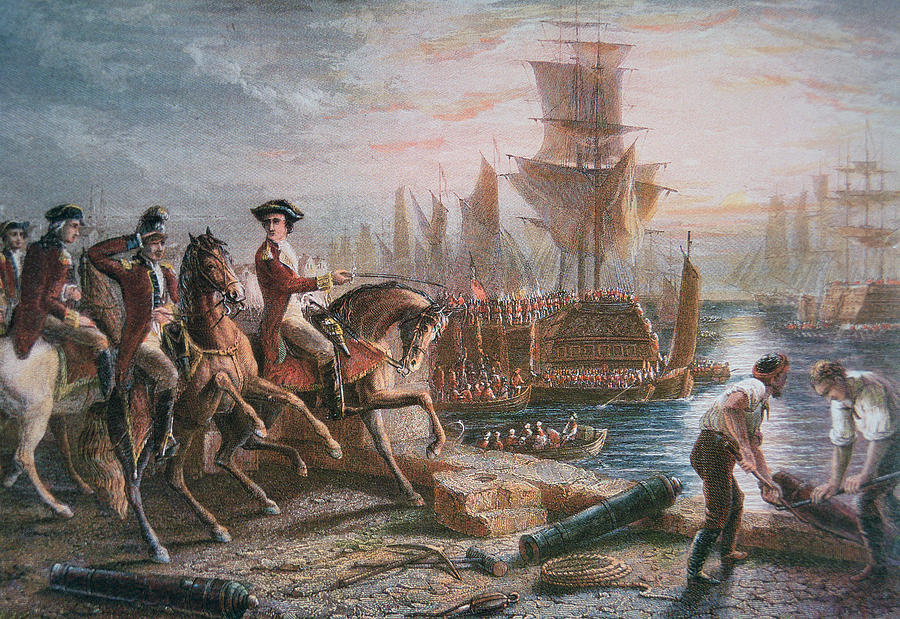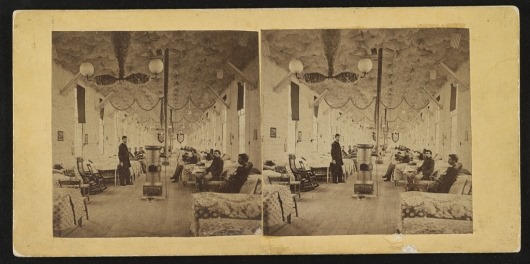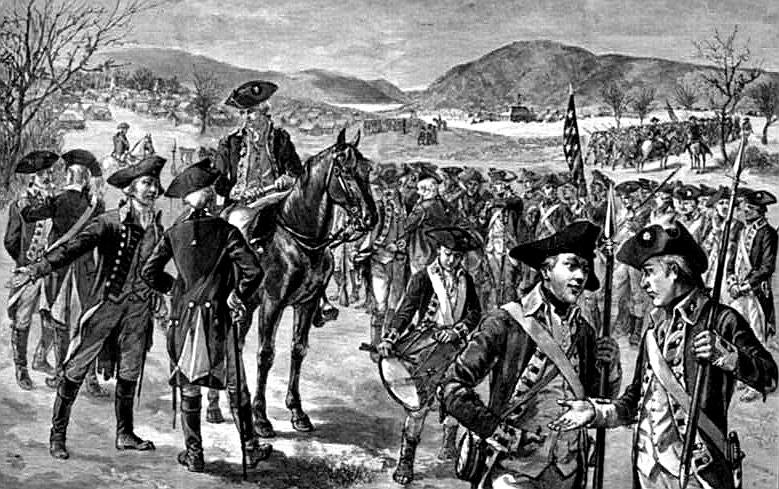
17 MARCH 1776 - BRITISH EVACUATION OF BOSTON - #RevolutionaryWar
After the Massachusetts militia surrounded the British occupied city of Boston in April 1775 the provincial government established the New England Army of Observation.
#Armyhistory #USArmy #TRADOC
After the Massachusetts militia surrounded the British occupied city of Boston in April 1775 the provincial government established the New England Army of Observation.
#Armyhistory #USArmy #TRADOC

The Continental Congress adopted that force and established the Continental Army, with Gen Washington appointed as commander in chief, in June. In the meantime, the Battle of Bunker Hill was fought on 17 June, which proved to be the only major engagement of the prolonged siege. 

Washington traveled to Cambridge where he took formal command of the besieging army on 3 July 1775 and devoted the next several months to building and organizing the American force, and solving its severe logistical difficulties.
#MilitaryHistory #Boston #GeorgeWashington
#MilitaryHistory #Boston #GeorgeWashington

By March 1776 Washington had an army of 14,000 men. On 4 March he suddenly moved to place artillery on Dorchester Heights and, a short time later, on Nook's Hill. These batteries dominated Boston from the south and rendered the British position untenable.
@USArmy @TRADOC
@USArmy @TRADOC
The British commander, Lieutenant General William Howe, recognized the serious difficulty in which his army found itself, and offered to spare the city of destruction if his forces were allowed to evacuate unmolested.
@SecArmy @ArmyChiefStaff @TradocCG
@SecArmy @ArmyChiefStaff @TradocCG

Washington agreed, and the British army began to board their transports by 17 March. On 26 Mar, the British fleet sailed with about 9,000 troops, plus many Loyalist refugees, for Halifax, Nova Scotia. It was Gen Washington's first victory as commander of the Continental Army. 

• • •
Missing some Tweet in this thread? You can try to
force a refresh

















